Warlock players have been searching for a new archetype for a while now. With Bloodreaver Gul’dan’s introduction in Knights of the Frozen Throne, it seemed like the class would finally return to the spotlight. Unfortunately, a continual lack of card quality left these experimental strategies just a few cards short of a competitive list, and players longing for the demon that would set the deck free.
Now, the search is over.
Thanks to Voidlord, a Possessed Lackey, and maybe a Carnivorous Cube or two, Control Warlock has returned to the top tier of the Standard format. We’ll take a look at the most popular lists below, so you can best prepare how to play with or against the deck in the coming months.
Control Warlock
A typical control deck wins by exhausting and outlasting the opponent’s resources, then playing one of several win conditions to end the game. Control Warlock is no different. Think of the deck as a box of tools that, when properly used, work together to build a resilient and victorious endgame.
Control Warlock’s win conditions revolve around three cards—Bloodreaver Gul’dan, N’Zoth, the Corruptor, and Rin, the First Disciple.
As the class’ Hero card, Bloodreaver Gul’dan changes the Hero Power and resurrects any demons that have died this game on your side of the field. While other iterations have tried to bring back more, Bloodreaver Gul’dan is only interested in bringing back one demon—Voidlord. As a 3/9 Taunt minion that splits into three 1/3 Taunt minions, Voidwalkers, after death, Voidlord does an excellent job of slowing the game down and forcing the opponent to commit more resources to the board. After the first two Voidlords have died, Gul’dan can resurrect them and their entourage to begin the process all over again. While the Voidlords themselves may not provide a fast clock, their ability to hold the board allows you to use your new Hero Power to attack your opponent’s life total while refreshing your own. The game goes to fatigue, and you come out ahead.
The deck wants both Voidlords to have seen play before casting Gul’dan. Here’s the catch—Voidlord costs nine mana. While Voidlord has an excellent body for absorbing aggression, it’s useless if you die before it can see play.
That’s where Possessed Lackey comes in. Possessed Lackey is only a five mana 2/2, but when it dies, it recruits a demon to the battlefield. Voidlord is the only demon in the list. Play the Lackey, run it into something, and enjoy your new Voidlord. Or, if you rightly fear the silence effects in the format, use a Dark Pact to kill the Lackey and gain some life in the same turn.
After casting Bloodreaver Gul’dan, should your opponent deal with your Voidlords yet again and threaten your life total, you can look to N’Zoth the Corruptor to bring them back yet again. Similar to Gul’dan, N’Zoth brings back all Deathrattle minions that have died on your side of the field. In addition to reclaiming lost Voidlords, the Old God will also return some utility Deathrattle minions in this list, like Mistress of Mixtures and Plated Beetle. You can use this new board to gain some life and play for the fatigue plan, or use your new army to whittle away at your opponent’s health.
The mirror match can get rather tricky, as, ironically, this list is not particularly capable of dealing with opposing Voidlords. In these cases, it’s likely that both players will stare each other down until one or both hit fatigue. Rin, the First Disciple serves to expedite that process and give you a clear advantage.
Rin is a 3/6 Taunt that, upon death, starts a chain of Seal cards that appear in your hand. Starting with the First Seal, the cards go through six iterations, each summoning a demon of increasing power, until Azari, the Devourer is added to your hand. Azari costs 10 mana and deletes your opponent’s deck as it enters the battlefield, immediately putting your opponent in fatigue. Keep in mind that each Seal costs five mana, so you want to dig and find Rin as quickly as possible in these sorts of matchups. Additionally, since each of the Seal minions are demons, they will be resurrected by Bloodreaver Gul’dan. These demons dilute the possibility of returning your full force of Voidlords to the field. It’s best to decide early on whether you’ll be on the Gul’dan plan or the Rin plan to prevent the two from harming each other.
You have to survive long enough, against aggro and control strategies alike, to reach these win conditions. Let’s look at the tools that will get you there.
The toolbox for aggressive decks can be split into two categories—spot removal and board removal. Your spot removal spells deal with one minion and come in the likes of Mortal Coil, Amethyst Spellstone, and Siphon Soul. Mortal Coil deals with early aggression and draws a card, the Spellstone hits anywhere from early to late game threats and gains you life, and Siphon Soul offers a clean way to deal with just about anything in the format. Of these three, the Spellstone is your most exciting option. Power it up by dealing damage to yourself through Kobold Librarian and Hellfire, then replenish that life and more by killing a minion.
The board removal package also comes in a set of three. Defile is the most versatile of the bunch and benefits from the large number of Voidwalkers you’ll have on the board at any given time that can tactically set up a strong board clear. Hellfire is a simpler board clear that can stop the early aggression of Tempo Rogue, but may struggle against the Divine Shields from Aggro Paladin. Twisting Nether tops the list and offers one last catch-all to reset the board. There’s only one in the deck, so use it wisely. You’d be surprised how often Defile can clean up what you thought only Nether could.
Besides Control Warlock, there are three other control decks that dominate the meta—Highlander Priest, Jade Druid, and Cubelock. The rest of the toolbox is devoted to these matchups.
Highlander Priest relies on a three card combo to take the game. The two minions in the combo, Raza, the Chained and Prophet Velen, are vulnerable to the effects of Dirty Rat. Dirty Rat pulls a random minion out of the opponent’s hand and onto the battlefield. Because that minion wasn’t cast, its Battlecry effect doesn’t trigger. Since Raza is only as good as its Battlecry trigger, this makes the card effectively useless. The Highlander Priest player only wants to commit Velen to the board when he knows he can end the game in that turn. Summoning Velen prematurely with Dirty Rat prevents the one turn kill and sends Highlander Priest scrambling for other ways to win in a deck that doesn’t have any. Keep in mind, since Dirty Rat’s effect is random, you have to pick the right moments to have the best shot. Play one before turn five to try and catch an early Raza. Save the second until after Shadowreaper Anduin is cast, then pick the moment when you think your opponent is prepping his Velen turn. This matchup is difficult and this strategy is far from foolproof, but it gives you a chance.
Against Jade Druid, the answer is plain and simply Skulking Geist. Skulking Geist removes all Jade Idols from their deck and makes Jade Druid vulnerable to your fatigue plan. Mulligan for this card aggressively, dig to it quickly, and cast it as soon as possible. After that, use your remaining removal to deal with their other Jade Golem producers, Dirty Rat their minion-based Jade cards, and end the game how you see fit.
Cubelock is another combo control strategy that seeks to overwhelm or control the opponent through multiple copies of Doomguard or Voidlord. The deck uses Possessed Lackey the same way to cheat these minions out, but also adds the new Warlock weapon as a safer means of summoning. This Control Warlock list can’t do much about the weapon, but it can slow the deck down by silencing the first Lackey through the single copy of Spellbreaker. Slowing the deck down is all you need to do as you get Rin, and eventually Azari, online.
Of course, if these aren’t the decks that you’re seeing or wanting to beat, then you need to change the list. A control deck is only as good as its tools used to exhaust the opponent’s resources. Add weapon removal if you want to solidify the Cube Warlock matchup. Add a Tar Creeper or another Plated Beetle for a Stonehill Defender if aggro is giving you too much trouble. Seeing a lot of silence effects, but no Jade Druid? Cut the Skulking Geist for a second Dark Pact. Not seeing the mirror match enough? Cut Rin for another, more useful tool. If you don’t want to rely on Dirty Rat against Highlander Priest, add a Gnomeferatu or two for additional deck disruption.
That said, if you want to have a better chance against Highlander Priest with this class, maybe a different strategy will do the trick.
Cubelock
Cubelock abandons most of the anti-aggression tools in Control Warlock and devotes resources to a powerful mid-to-late game combo kill. The combo revolves around cheating one of its powerful demons into play, Doomguard or Voidlord, then eating the minion with Carnivorous Cube. After that, the player Dark Pacts the Cube, creating two copies of the eaten demon on the field. The deck can repeat this effect twice, and then bring everything back with Bloodreaver Gul’dan.
The combo is most explosive when administered to Doomguard. With its Charge ability, Doomguard can attack a target, get eaten by Cube, then return to the field and attack again with twice the firepower. Assuming no board pressure from the opponent, this combination deals 15 damage on turn six.
Cubelock offers slight alternatives to the combo in Faceless Manipulator, Prince Taldaram, and Mountain Giant. Faceless Manipulator can copy a summoned Doomguard if Cube or Pact is missing from the hand. Taldaram offers a cheaper, lesser copy for Carnivorous Cube for only three mana. Mountain Giant provides another undercosted threat to challenge Priest’s life total, while also doubling as a Cube target in a pinch.
While Cubelock’s percentages against Highlander Priest and Jade Druid increase compared to its more controlling counterpart, it struggles heavily against aggro. Since the deck is all-in on a threat-dense combo finish, the list has little room to combat the pressure of Tempo Rogue and Aggro/Murloc Paladin. Cubelock’s gameplan is one of the most powerful in the format, but also one of the most uneven.
Choosing between these two lists may get tricky. Observe what you’re playing against and weigh the pros and cons of each list. Make adjustments where you need to, and enjoy the climb.


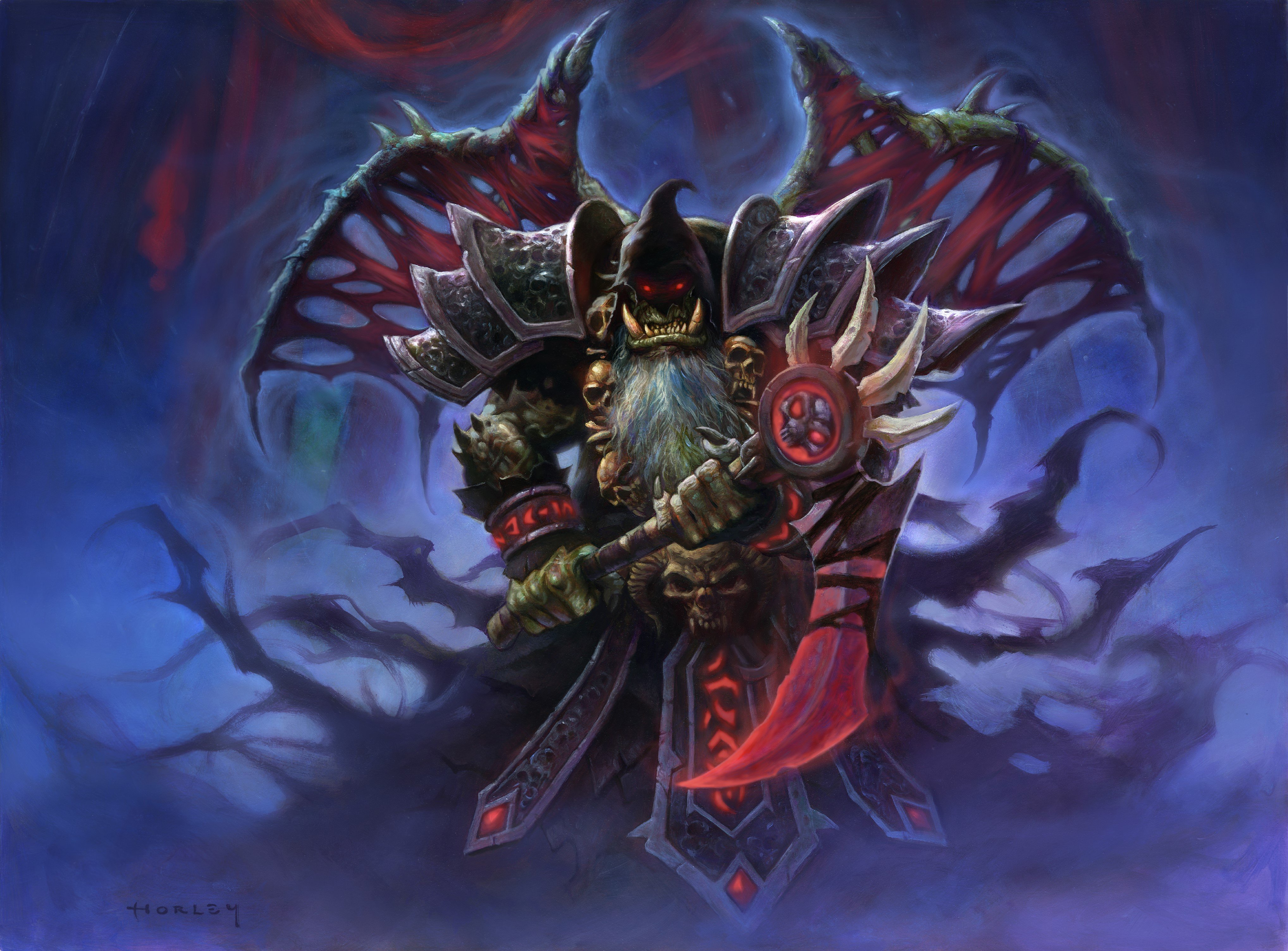
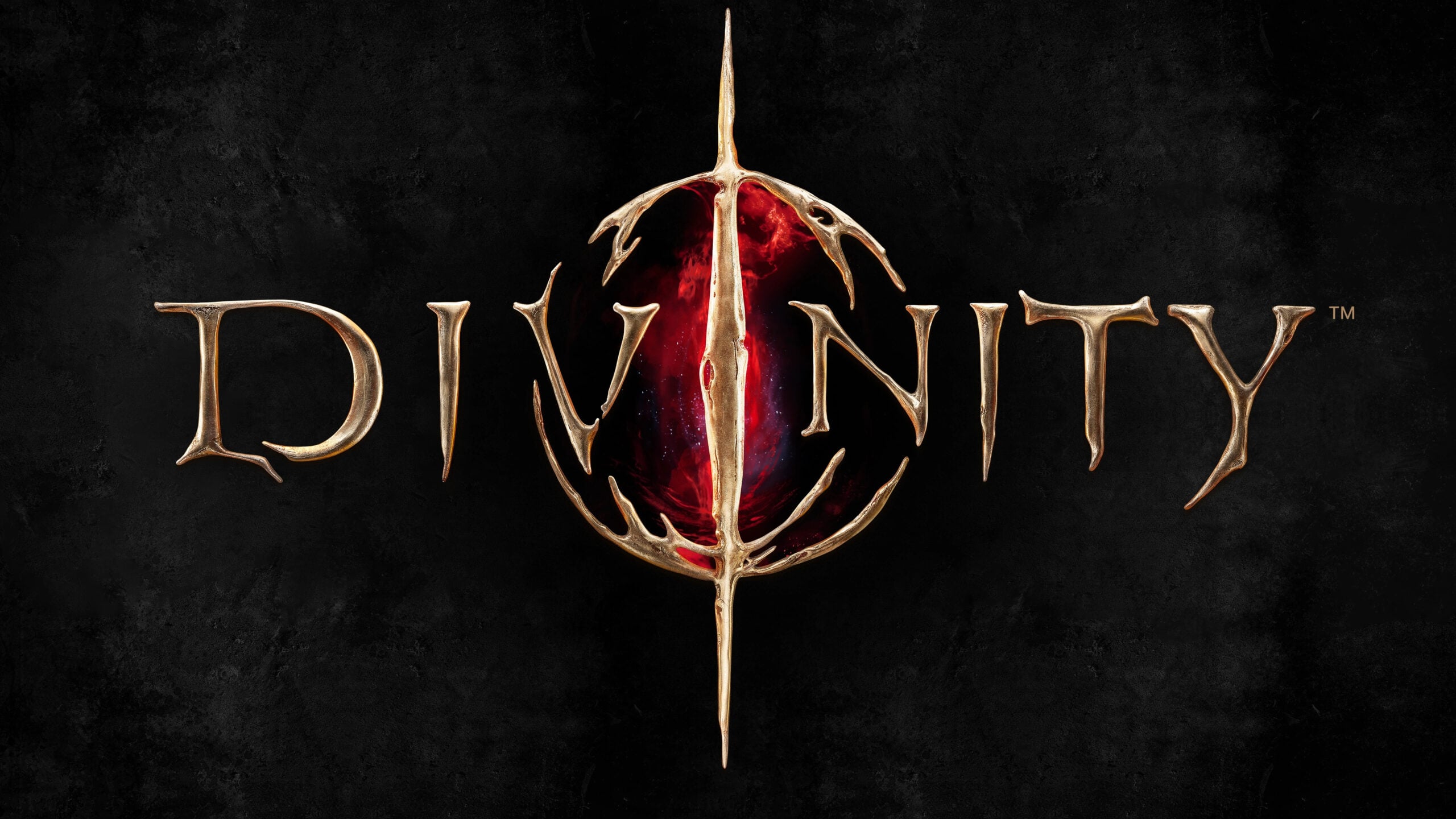


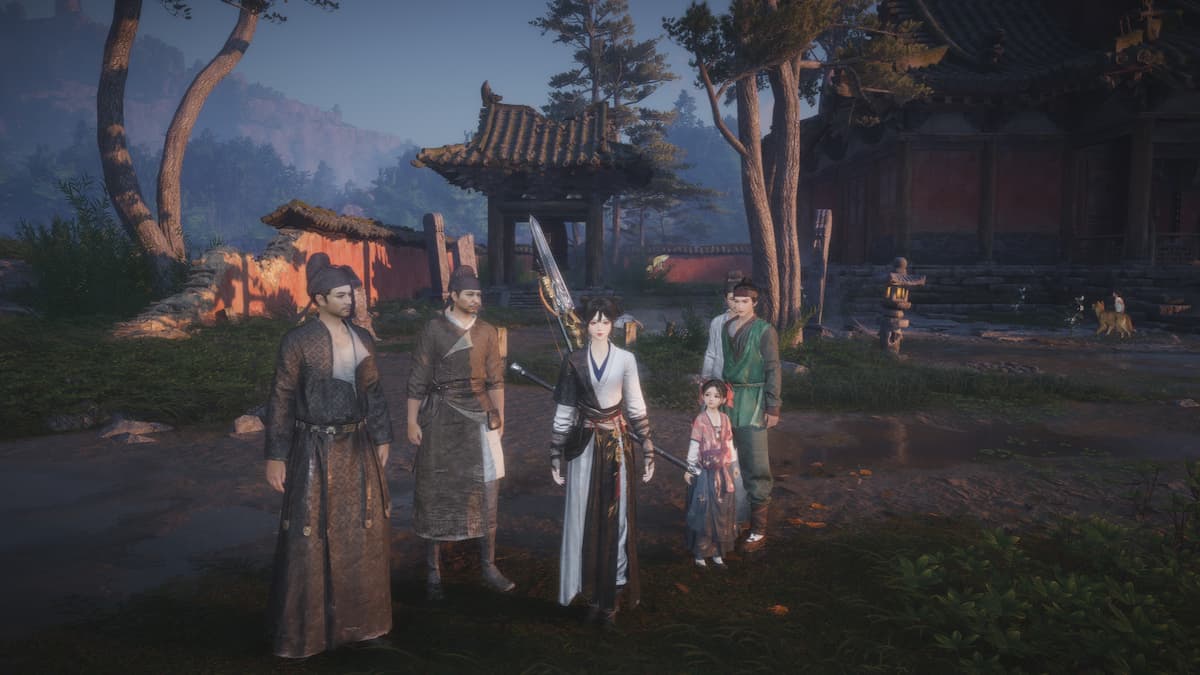


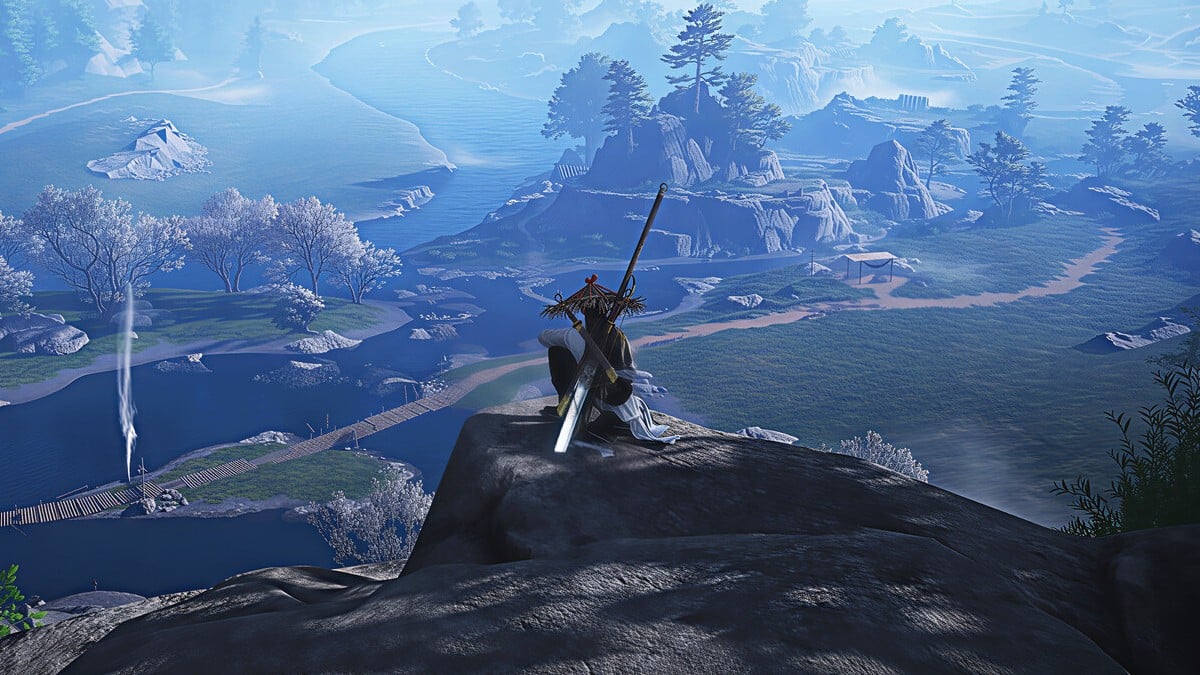
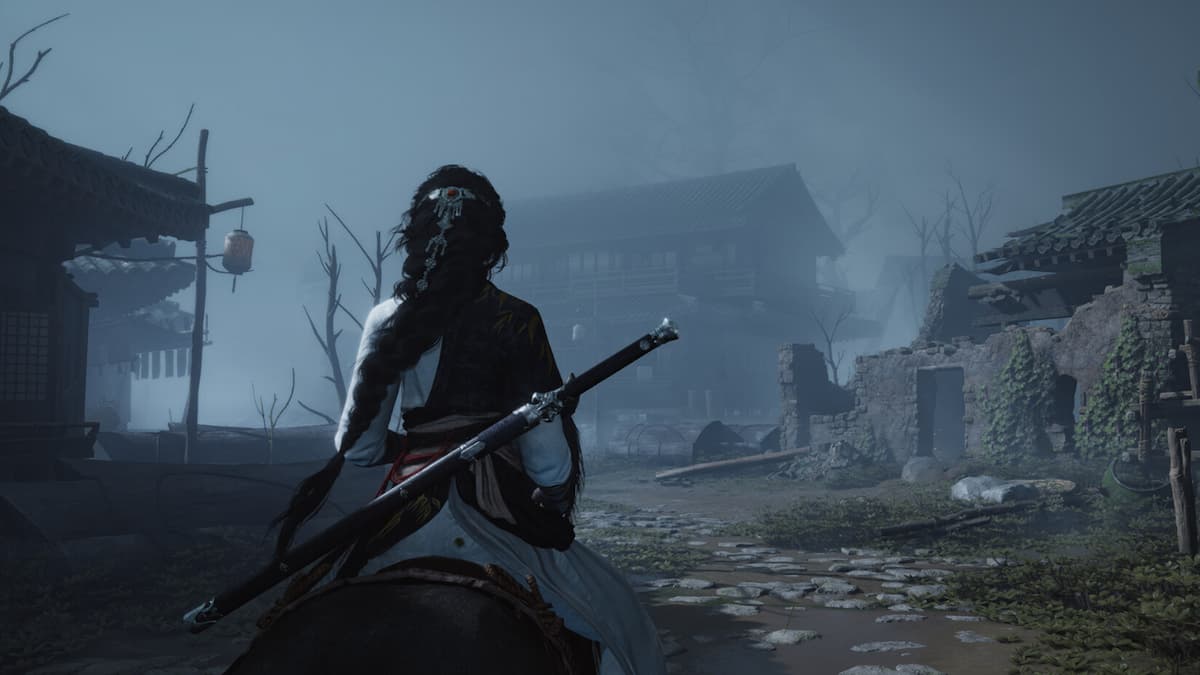

Published: Jan 21, 2018 10:32 am